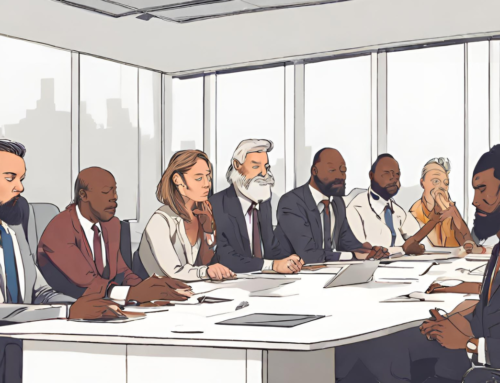What does interest look like? It helps to know the person a little bit, so you can factor out the idiosyncrasies. But interest typically begins with eye contact. Mostly, we look at what we’re interested in.
There are, of course, exceptions. When people flirt, they play an age-old game of looking away and looking back, giving fleeting glances, making a game of their attention. The purpose is to heighten the excitement of actual eye contact.
Raised eyebrows also show interest, as well as open pupils. When we’re interested, we turn our entire bodies toward the interesting object or person, and we draw closer.
Then there are people who fake interest. Look for too rigid eye contact, or eyes that are looking your way, but not focused, to spot the fakers. But once again it helps to know the person involved, in order to spot the tell-tale signs of interest or disinterest.
So if someone has his eyes focused on you, then check for other signs from the rest of the body. Is she tapping her fingers? Are his arms crossed? Is she turning away? The body can often be a more reliable sign of genuine interest – or its opposite – than the eyes. Adults learn to control their faces, feigning interest in order to be polite. But it exceeds the mental capacity of most people to fake the rest of the body – and indeed, most people don’t know what to do to convey something specific beyond the face.
If you want to demonstrate interest, first focus your torso on the object of desire, and then your face and eyes. Do it that way, or you’re liable to forget the body, as most people do.
As a former academic, I had lots of practice determining the interest levels of 18-21 year olds. Most students are sleep-deprived, so if you’re not interesting, they’ll quickly demonstrate the ultimate sign of disinterest by falling asleep. The signs of that are unmistakable.








Great idea to focus on the torso to see if the listener is really tuned in to what you are saying. Excellent tip!
Hi, Marla —
Thanks for the comment; glad it was helpful.